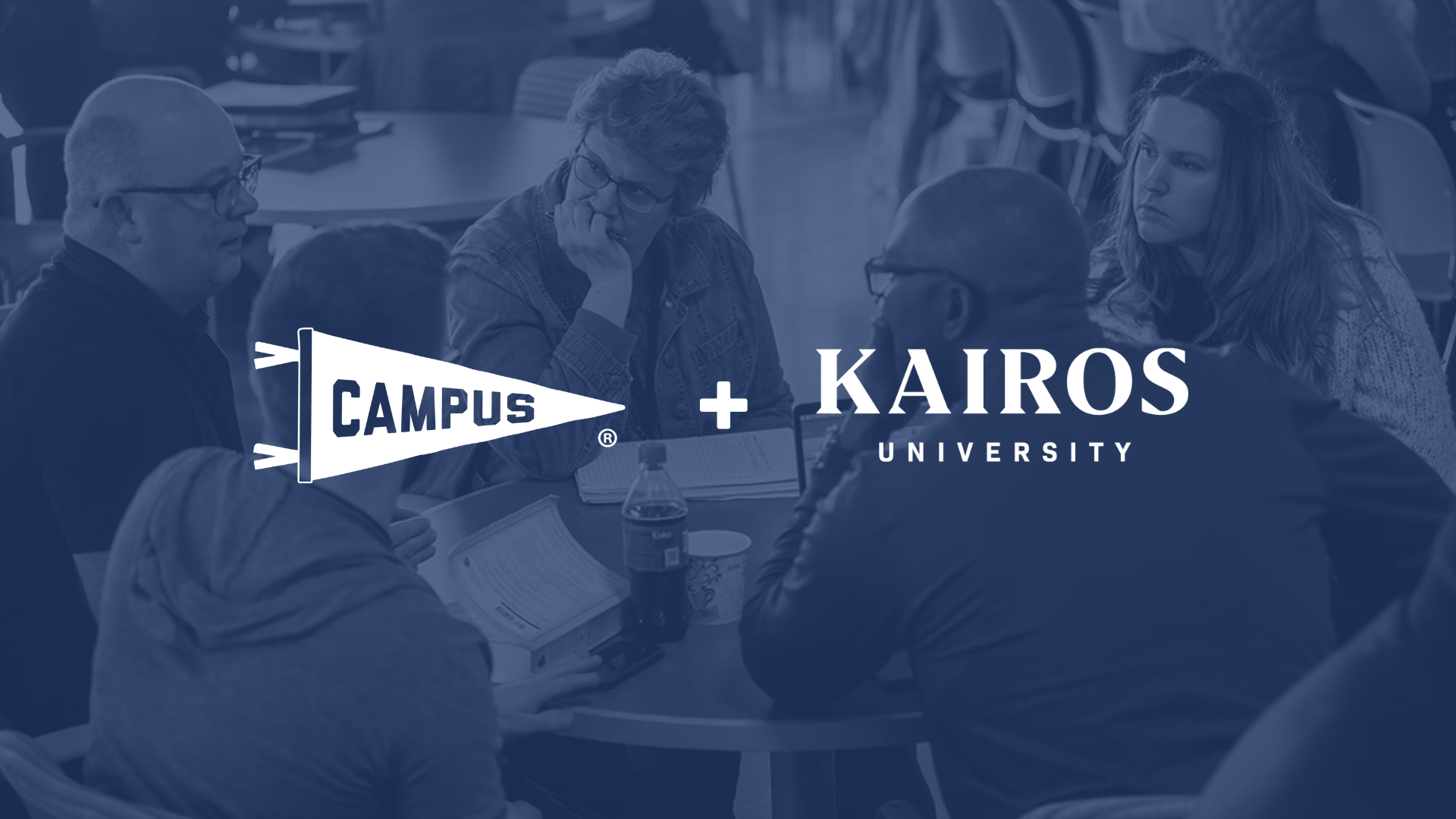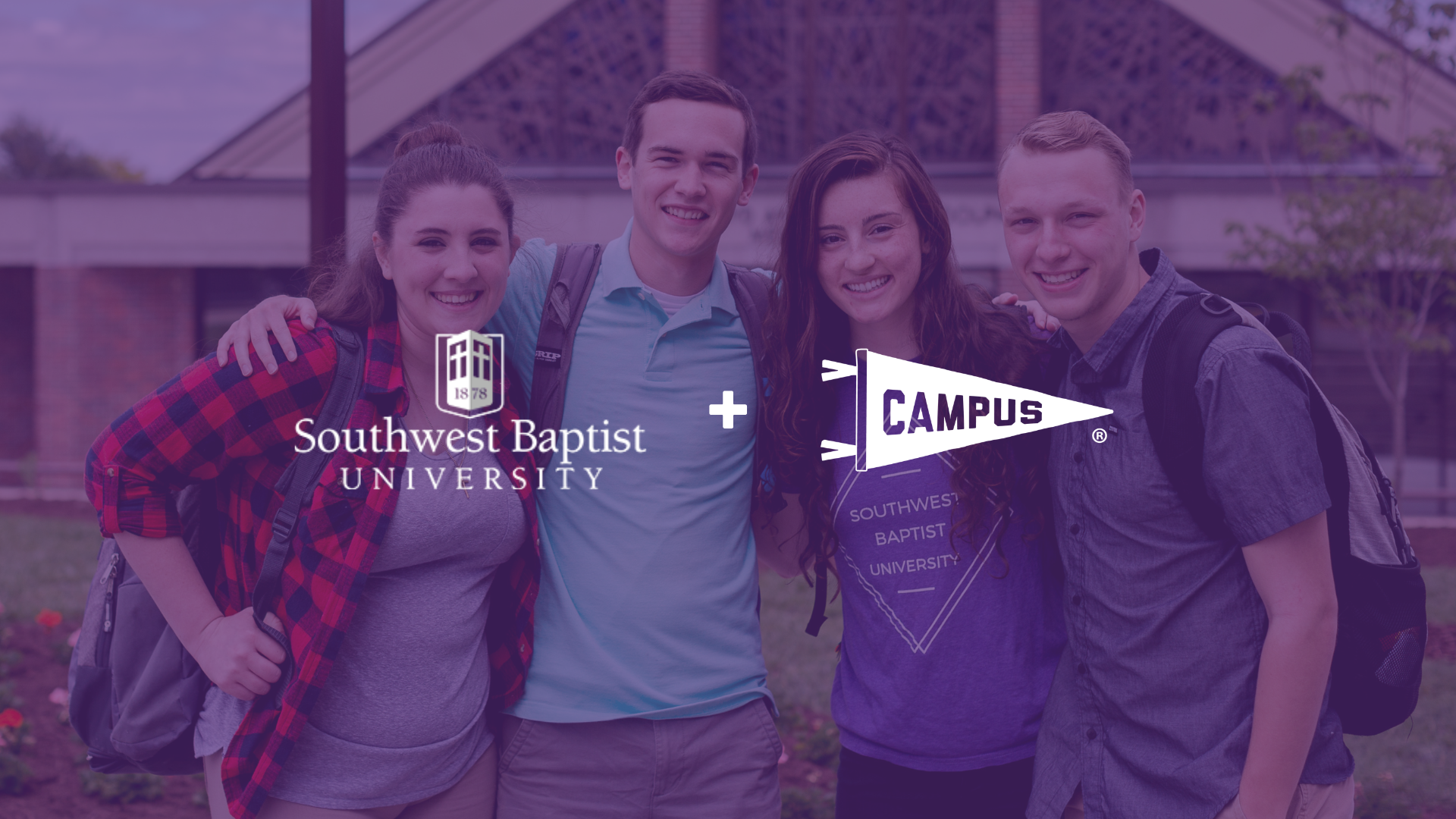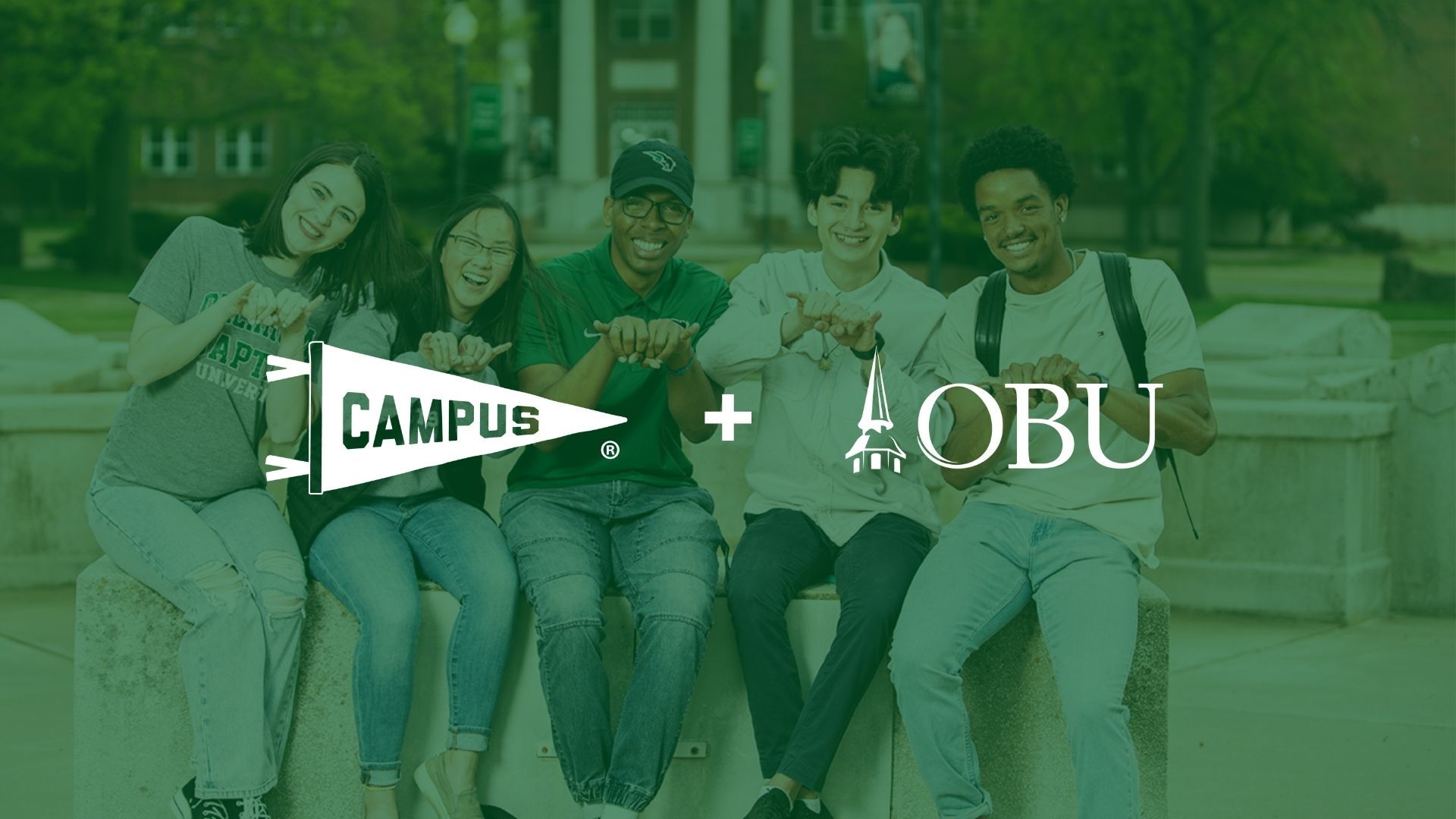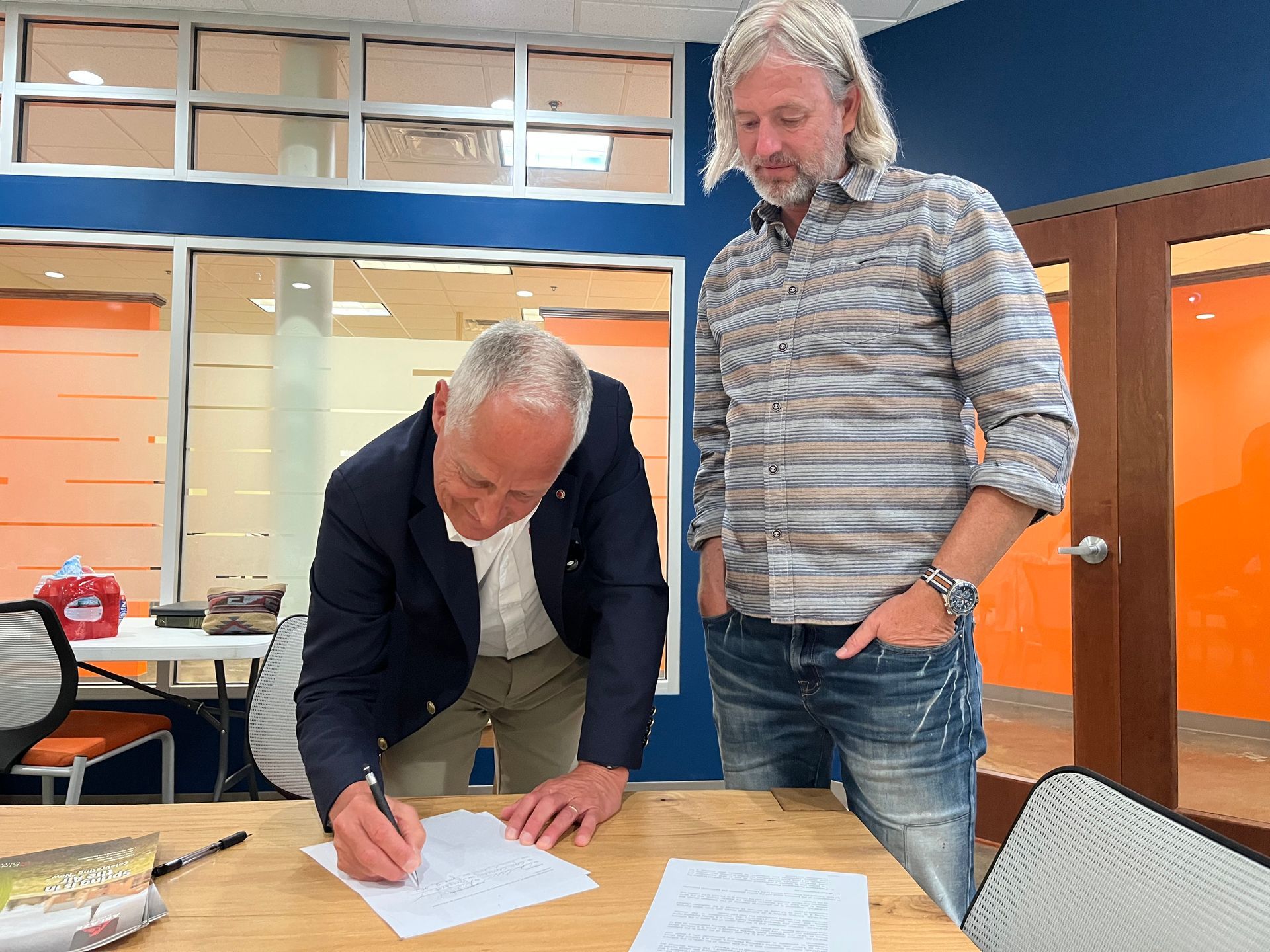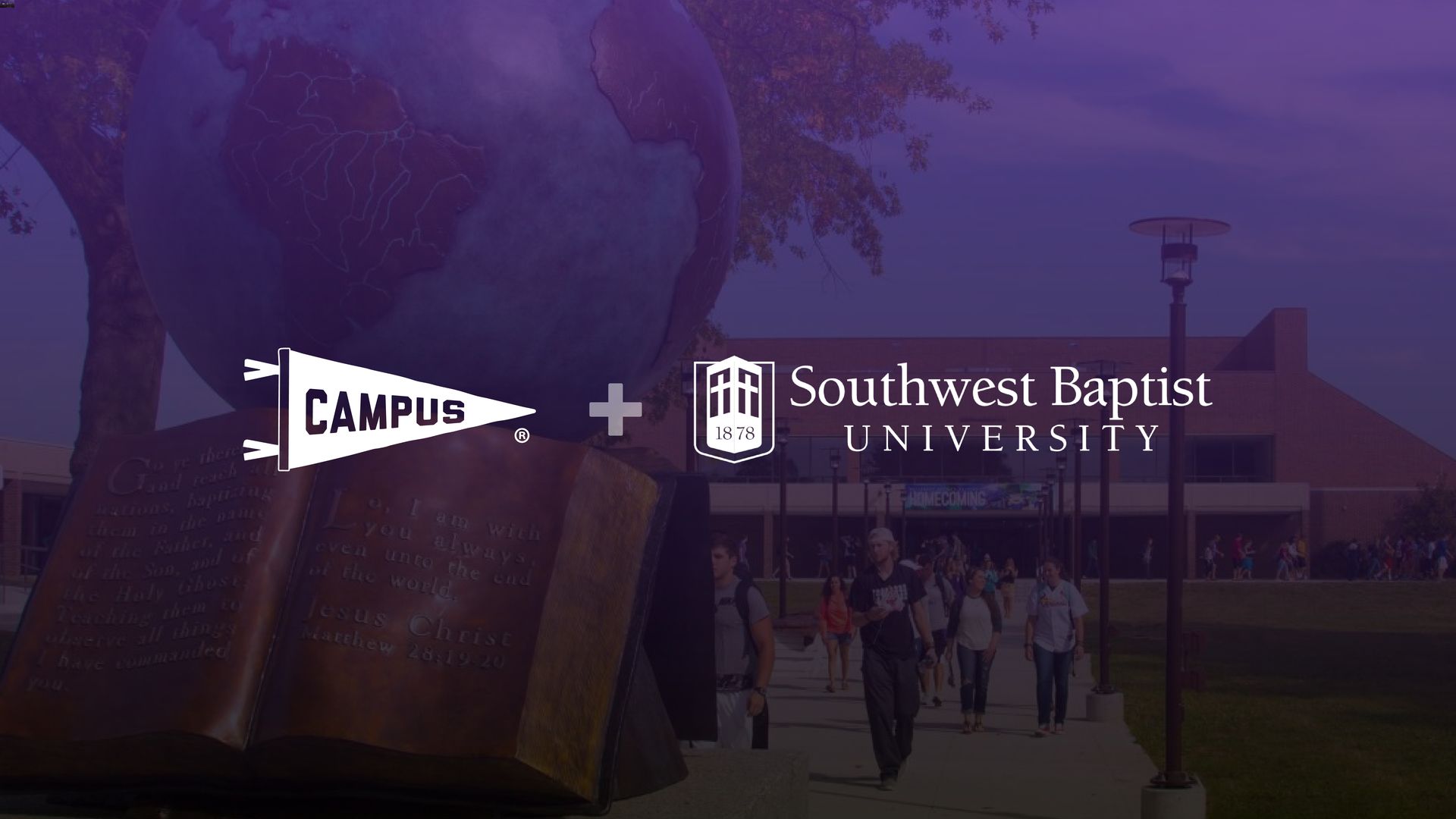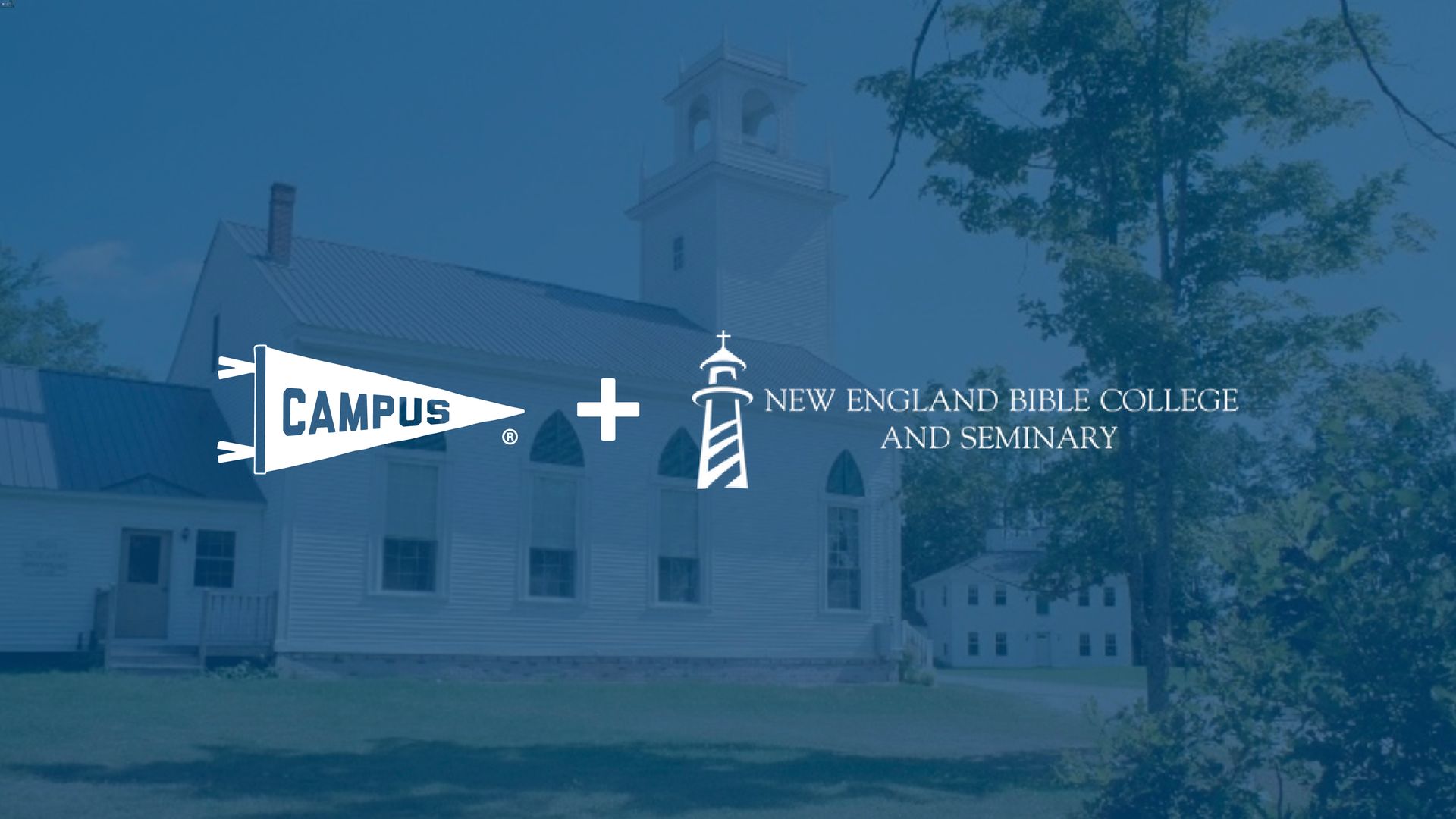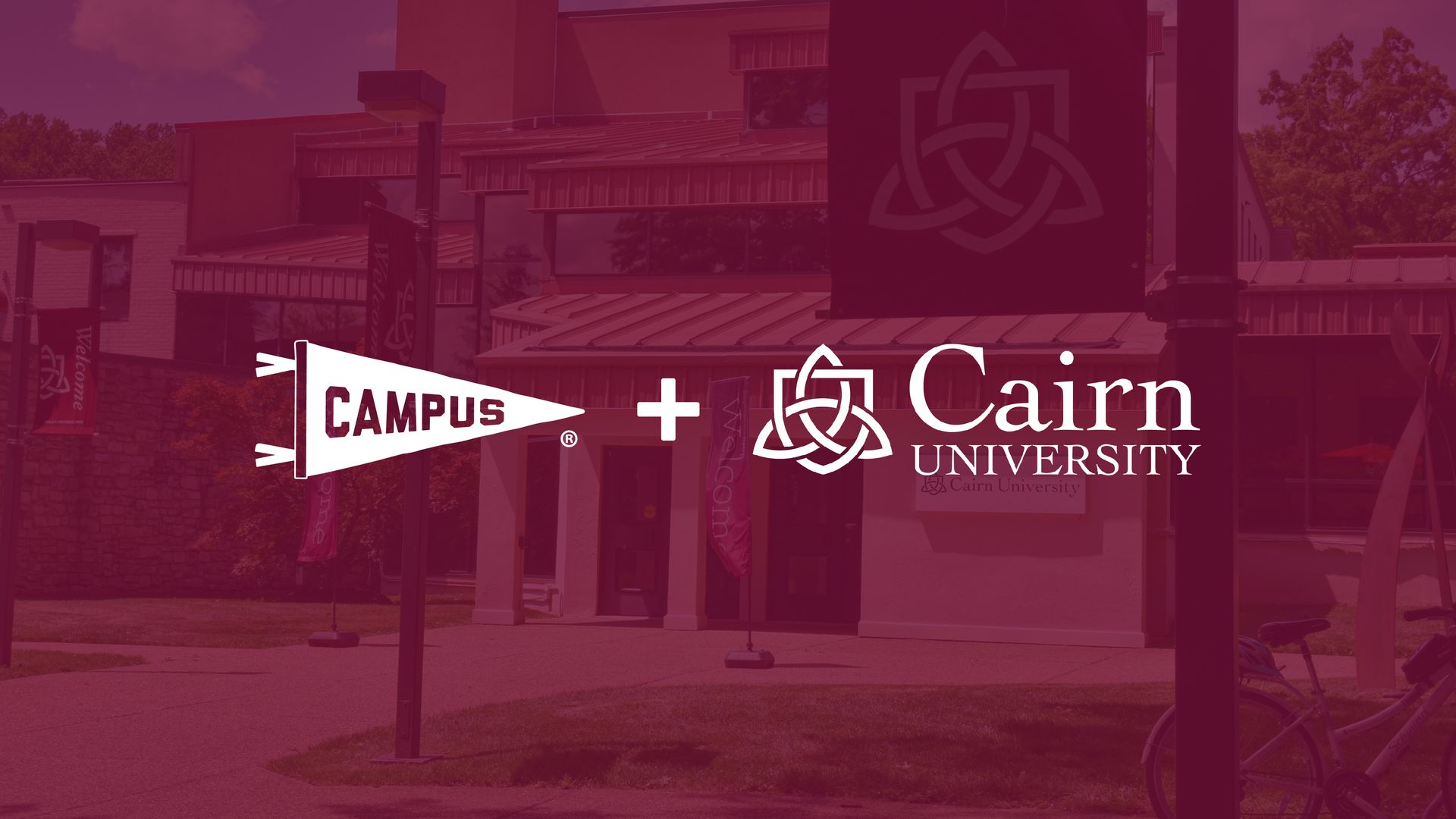Hybrid Options after COVID: Part 1
Ken Schenck
March 22, 2022

Hybrid Options After COVID: Part 1
Written by: Dr. Ken Schenck
In response to COVID, the fall of 2020 initiated a lot of brainstorming in the academy. Some students would want to come to campus. Many others elected to stay home and continue remotely.
It was a difficult time for academic leadership. How do you do biology remotely? Most colleges did not have all their offerings online. How do you give individual lessons in oboe over Zoom?
“HyFlex” seemed the best answer. HyFlex refers to the practice of having students in a physical classroom along with online students present in the same class sessions at the same time. EDUCAUSE offers a brief summary of the advantages and challenges of Hyflex which has been in use in higher education since at least 2010. Teaching in this mode was a real dance. You might have Zoom up on the screen with the students who were remote. Some had stayed at home. Others might be in quarantine. A few stalwart souls would come to class masked, as the professor likely was. You recorded the sessions for students who were sick or were halfway across the world, confined to their home country.
Class time was a sometimes-awkward toggling between online students and the students in the classroom. You might use an “OWL,” which was supposed to rotate automatically toward any student in the room who might be talking. Some instructors and students navigated the dual environments with ease. Most found it incredibly frustrating.
The thought crossed some of our heads: might this be a way to expand our enrollment? Suddenly we can offer all or almost all the degrees online that we have on our residential campus. Think of the economization potential—large class sizes that have not normally been practiced in the online arena. Could it actually integrate online and onsite into one common (and thus less expensive) experience?
To back up a little, online courses have traditionally been asynchronous (ay-SING-kruh-nuhs), meaning that the student does not need to log on at a specific time. This approach is very attractive to working adults and students who may be in widely differing time zones. Since accessibility is a crucial dimension of online education, it seems important for online courses at least to be technically asynchronous.
However, bandwidth is now at a place where it is no problem to re-introduce live, synchronous options (SING-kruh-nuhs). Zoom and other possibilities did not exist in an accessible form when online education first began. It was almost necessary for online courses to be a seemingly endless to-do list of writing projects.
No more. Not only is it incredibly easy to re-introduce live components, but they can be recorded for those who cannot or chose not to attend. The course thus remains technically asynchronous while leveraging the benefit of “face-to-face” interaction. A small writing assignment for those who choose the recording can provide just enough incentive to drive students to the live session.
What about HyFlex now? Should it continue now that COVID is over? That is the subject of the next post.
The Campus Blog
